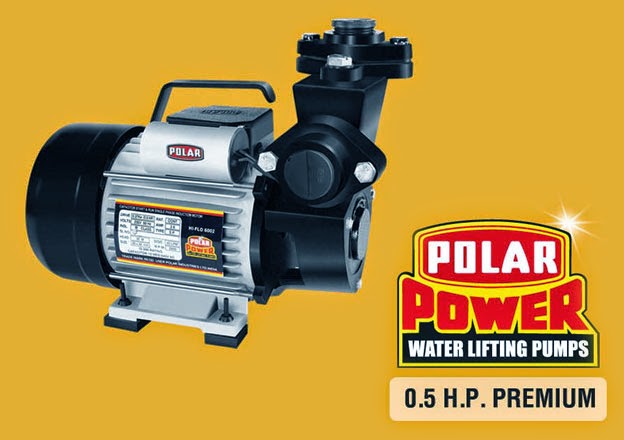A shallow well water pumps simply means a device to uplift water from a shallow well. Shallow water denotes a well whose depth doesn’t exceed 25 feet. There are two forms of shallow well water pumps, a handheld one and another which is powered by electricity and often include a generator. They are the effective instruments for supplying water for your household use from the well or any shallow source like swimming pool or a pond and so on. They just make the task of collecting water easy and comfortable. Such pumps are easily available and if you are looking for a great deal for buying the pump then Polar shallow well water pumps are no doubt the best choices.

The mechanism of the shallow well pumps is rather easy. There is no part of the pump to be submerged in water as the entire mechanism remains connected through a pipe which is usually made of plastic.The pipe works as the passageway for water and there are valves to ensure that the water will be flowing in one direction and therefore never the water can flow back to its source.The pump features a siphon like function in order to create a state of vacuum by using the atmospheric pressure from surroundings.
Although the shallow well pumps are used for drawing water from a well or other sources but they can even act very utilitarian for pumping water from somewhere the water accumulation is not desirable.For instance, after heavy rainfall as water gets accumulated in a ditch then the pump can be used to draw it effectively.

The Polar shallow well water pumps are made of cast iron with the pump shaft made of carbon steel and the body of the motor made of extrusive aluminum. They bear Thermal overload protector that prevents the motor from burning and can withstand wide range of fluctuation in the voltage level. Therefore, the optimal structure offers high level of efficiency and that proves them to be better than their common counterparts.

The mechanism of the shallow well pumps is rather easy. There is no part of the pump to be submerged in water as the entire mechanism remains connected through a pipe which is usually made of plastic.The pipe works as the passageway for water and there are valves to ensure that the water will be flowing in one direction and therefore never the water can flow back to its source.The pump features a siphon like function in order to create a state of vacuum by using the atmospheric pressure from surroundings.
Although the shallow well pumps are used for drawing water from a well or other sources but they can even act very utilitarian for pumping water from somewhere the water accumulation is not desirable.For instance, after heavy rainfall as water gets accumulated in a ditch then the pump can be used to draw it effectively.

The Polar shallow well water pumps are made of cast iron with the pump shaft made of carbon steel and the body of the motor made of extrusive aluminum. They bear Thermal overload protector that prevents the motor from burning and can withstand wide range of fluctuation in the voltage level. Therefore, the optimal structure offers high level of efficiency and that proves them to be better than their common counterparts.
No comments:
Post a Comment